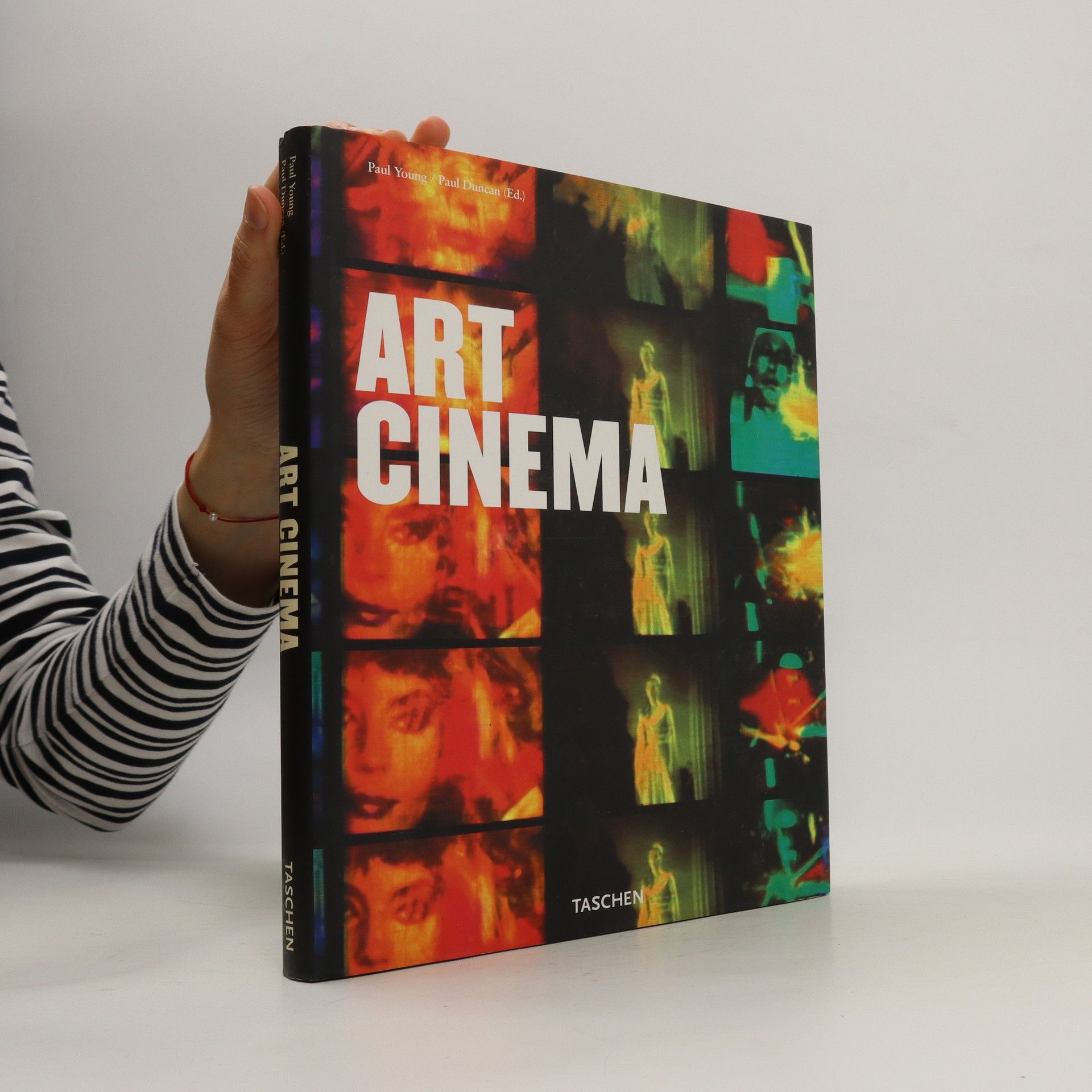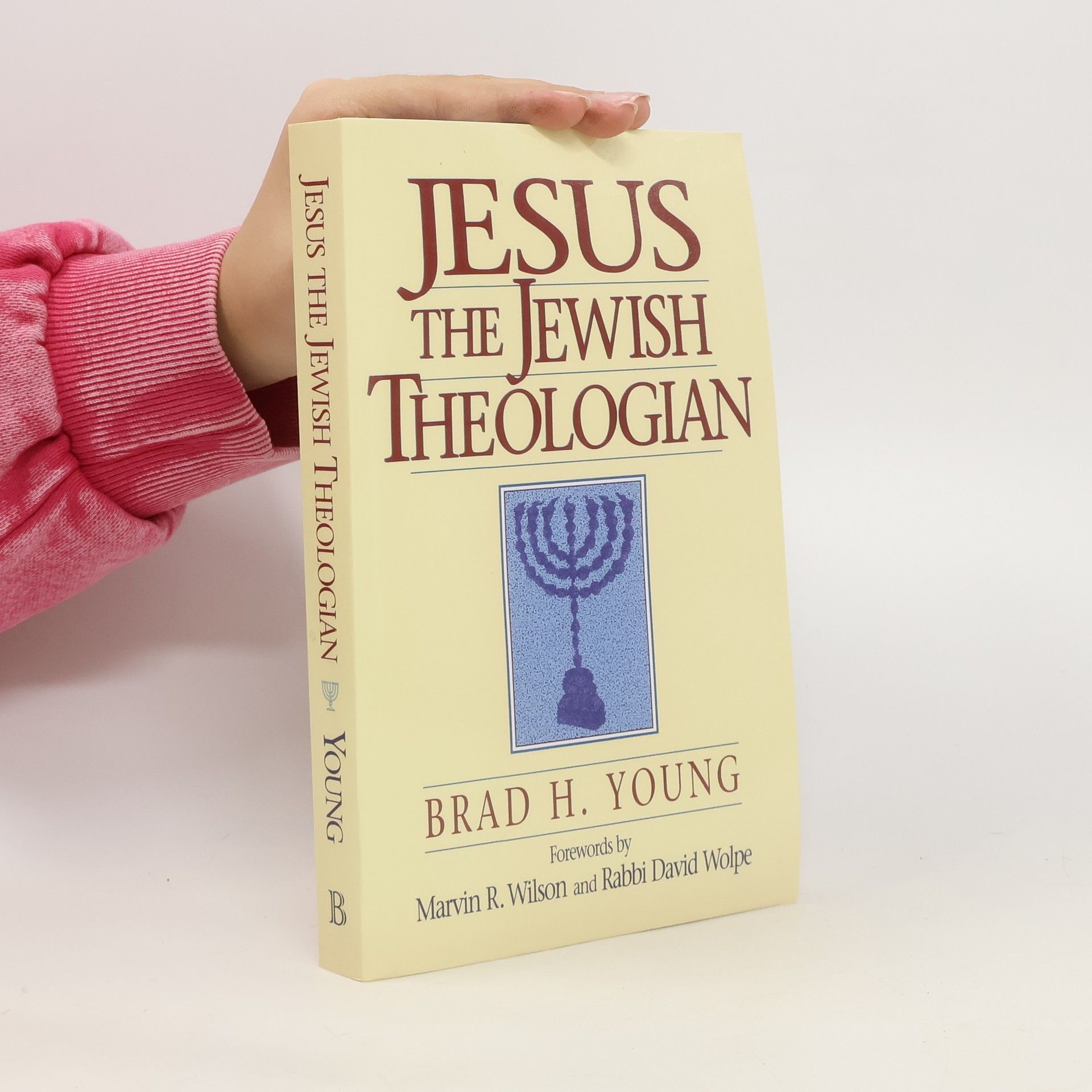La Cabaña
- 279 páginas
- 10 horas de lectura
«Si algo importa, todo importa. Dado que tú eres importante, todo lo que haces lo es. Cada vez que perdonas, el universo cambia; cada vez que te esfuerzas y tocas un corazón o una vida, el mundo cambia; con cada gesto de bondad y con cada favor concedido, mis propósitos se cumplen y nada vuelve a ser igual». *** La hija menor de Mackenzie Allen Phillips, Missy, desaparece durante unas vacaciones familiares. En el proceso de su búsqueda se encuentran evidencias de que pudo haber sido brutalmente asesinada en una cabaña abandonada en lo más profundo de los bosques de Oregón. El padre reacciona rebelándose frente a Dios, ante lo que considera una radical injusticia. Transcurridos cuatro años, Mack recibe una extraña carta, firmada por Dios, que le conmina a reunirse con él en el lugar donde la niña murió. A pesar de lo aparentemente absurdo de la situación, decide acudir a la cita y sumergirse de nuevo en su más oscura pesadilla; lo que allí sucede cambiará su vida para siempre. *** En un mundo donde la religión parece cada vez más irrelevante, La cabaña aborda una pregunta inmemorial: «¿Dónde está Dios en un mundo lleno de indescriptible dolor?» Las respuestas que Mack obtiene te sorprenderán, y quizá te transformen tanto como a él. Querrás que todas las personas que conoces lean este libro.






